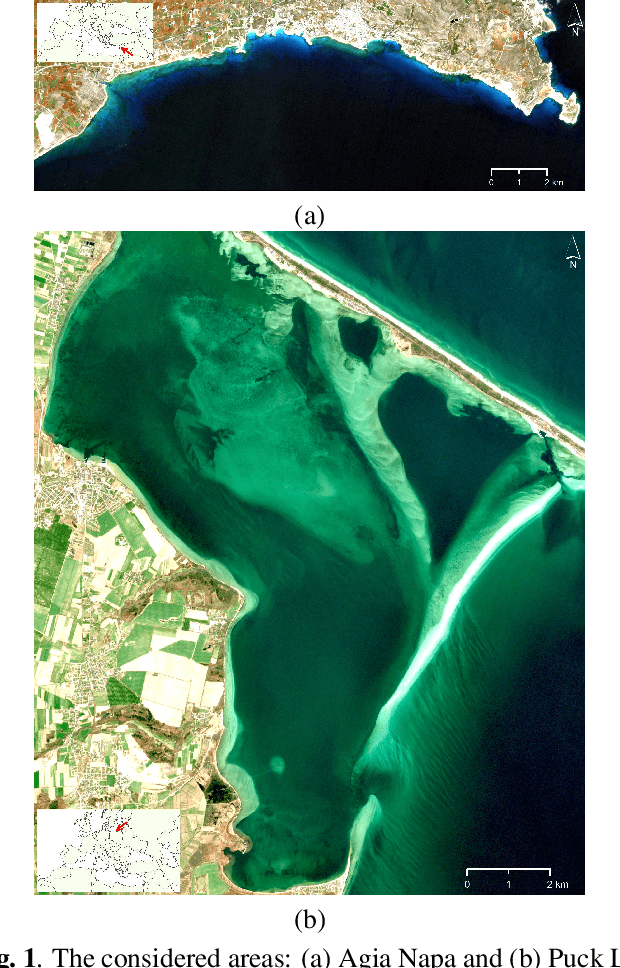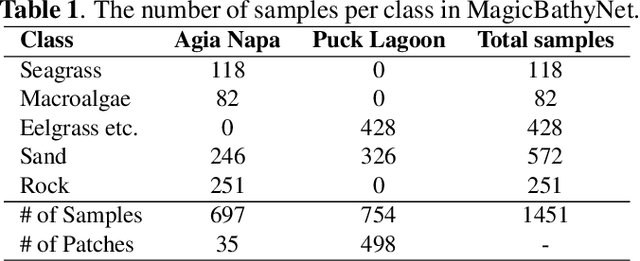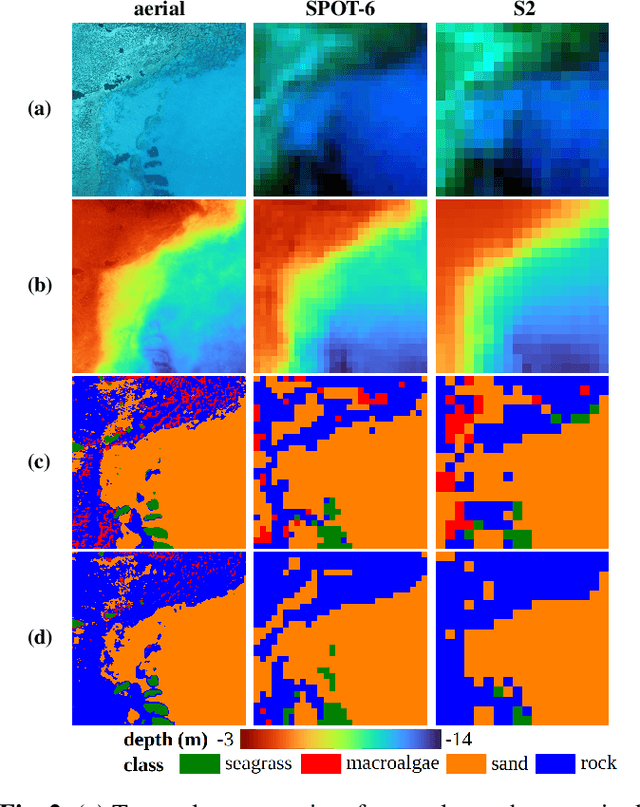Łukasz Janowski
High-resolution optical and acoustic remote sensing datasets of the Puck Lagoon, Southern Baltic
Nov 13, 2024Abstract:The very shallow marine basin of Puck Lagoon in the southern Baltic Sea, on the Northern coast of Poland, hosts valuable benthic habitats and cultural heritage sites. These include, among others, protected Zostera marina meadows, one of the Baltic's major medieval harbours, a ship graveyard, and likely other submerged features that are yet to be discovered. Prior to this project, no comprehensive high-resolution remote sensing data were available for this area. This article describes the first Digital Elevation Models (DEMs) derived from a combination of airborne bathymetric LiDAR, multibeam echosounder, airborne photogrammetry and satellite imagery. These datasets also include multibeam echosounder backscatter and LiDAR intensity, allowing determination of the character and properties of the seafloor. Combined, these datasets are a vital resource for assessing and understanding seafloor morphology, benthic habitats, cultural heritage, and submerged landscapes. Given the significance of Puck Lagoon's hydrographical, ecological, geological, and archaeological environs, the high-resolution bathymetry, acquired by our project, can provide the foundation for sustainable management and informed decision-making for this area of interest.
MagicBathyNet: A Multimodal Remote Sensing Dataset for Bathymetry Prediction and Pixel-based Classification in Shallow Waters
May 24, 2024



Abstract:Accurate, detailed, and high-frequent bathymetry, coupled with complex semantic content, is crucial for the undermapped shallow seabed areas facing intense climatological and anthropogenic pressures. Current methods exploiting remote sensing images to derive bathymetry or seabed classes mainly exploit non-open data. This lack of openly accessible benchmark archives prevents the wider use of deep learning methods in such applications. To address this issue, in this paper we present the MagicBathyNet, which is a benchmark dataset made up of image patches of Sentinel2, SPOT-6 and aerial imagery, bathymetry in raster format and annotations of seabed classes. MagicBathyNet is then exploited to benchmark state-of-the-art methods in learning-based bathymetry and pixel-based classification. Dataset, pre-trained weights, and code are publicly available at www.magicbathy.eu/magicbathynet.html.
 Add to Chrome
Add to Chrome Add to Firefox
Add to Firefox Add to Edge
Add to Edge